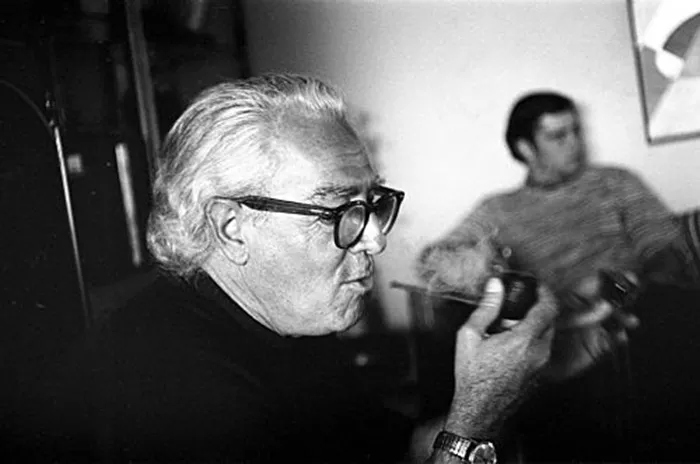Karl Shapiro (1913–2000) stands as a significant figure in 20th-century American poetry. His work reflects a dynamic interplay between traditional poetic forms and modern themes, capturing the complexities of American life during times of war and peace. As an American poet, Karl Shapiro‘s contributions offer valuable insights into the evolution of American poetry in the 20th century.
Early Life and Education
Born in Baltimore, Maryland, on November 10, 1913, Shapiro pursued higher education at the University of Virginia and Johns Hopkins University. His early exposure to literature and the arts laid the foundation for his future endeavors in poetry and criticism.
World War II and Literary Emergence
Shapiro’s service as a company clerk in the U.S. Army during World War II profoundly influenced his poetic voice. His experiences in the Pacific Theater provided material for his acclaimed collection, V-Letter and Other Poems (1944), which earned him the Pulitzer Prize for Poetry in 1945. These poems convey the tension between the immediacy of wartime experiences and the emotional detachment soldiers often felt.
Poetic Style and Themes
Initially influenced by traditionalist poets like W.H. Auden, Shapiro’s early work is noted for its formal structure and sharp social observation. However, he later questioned the constraints of traditional forms, advocating for a more open and expressive approach to poetry. This shift is evident in his collection The Bourgeois Poet (1964), where he embraced free verse and explored themes of personal and societal introspection.
Engagement with American Identity
Shapiro’s Jewish heritage and experiences as an outsider in American society informed much of his work. In Poems of a Jew (1958), he confronts issues of identity and belonging, contributing to the broader discourse on American cultural and religious diversity.
Roles in Literary Institutions
Beyond his writing, Shapiro played influential roles in American literary circles. He served as the editor of Poetry magazine from 1950 to 1956, shaping the publication’s direction and championing emerging voices. Later, as editor of Prairie Schooner and a professor at various universities, he continued to impact the literary landscape.
Comparisons with Contemporary Poets
Shapiro’s career parallels those of other prominent 20th-century American poets, such as Randall Jarrell and Delmore Schwartz. While all three grappled with the complexities of modern life, Shapiro’s unique blend of traditional form and modern content set him apart. His willingness to critique established norms and explore new poetic territories underscores his innovative spirit.
Legacy and Influence
Shapiro’s contributions to American poetry are multifaceted. His early works remain significant for their candid portrayal of wartime experiences, while his later poems reflect a deepening introspection and stylistic experimentation. His critical essays and editorial work further demonstrate his commitment to the evolution of American poetry. Shapiro’s legacy endures through his extensive body of work and the lasting impact he had on the literary community.
Conclusion
Karl Shapiro’s journey as a 20th-century American poet illustrates the dynamic interplay between tradition and innovation. His willingness to challenge poetic conventions and address complex themes of identity and society positions him as a pivotal figure in American poetry. Through his writings and editorial influence, Shapiro contributed to the rich tapestry of 20th-century American literature, leaving an indelible mark on the poetic tradition.

